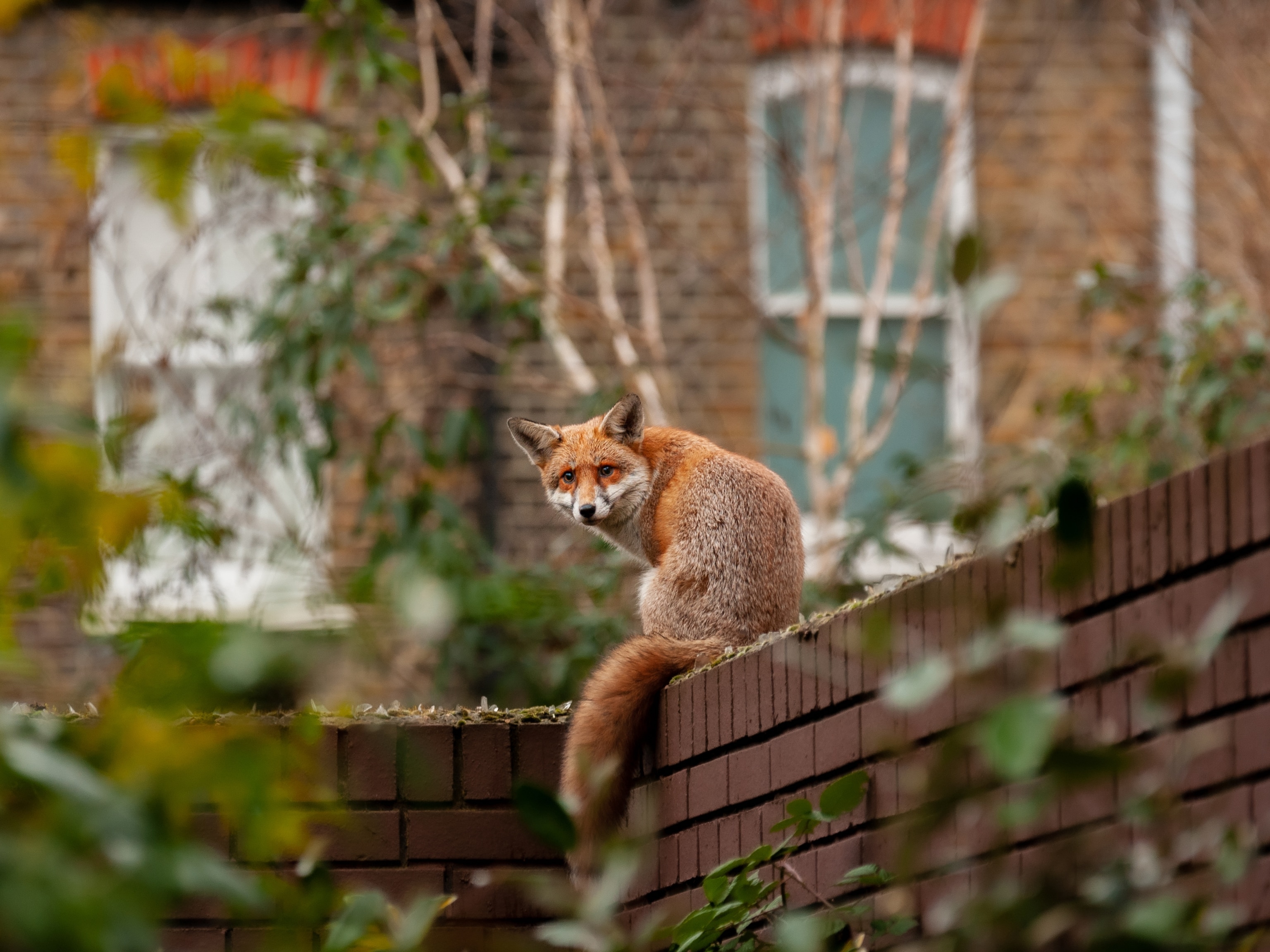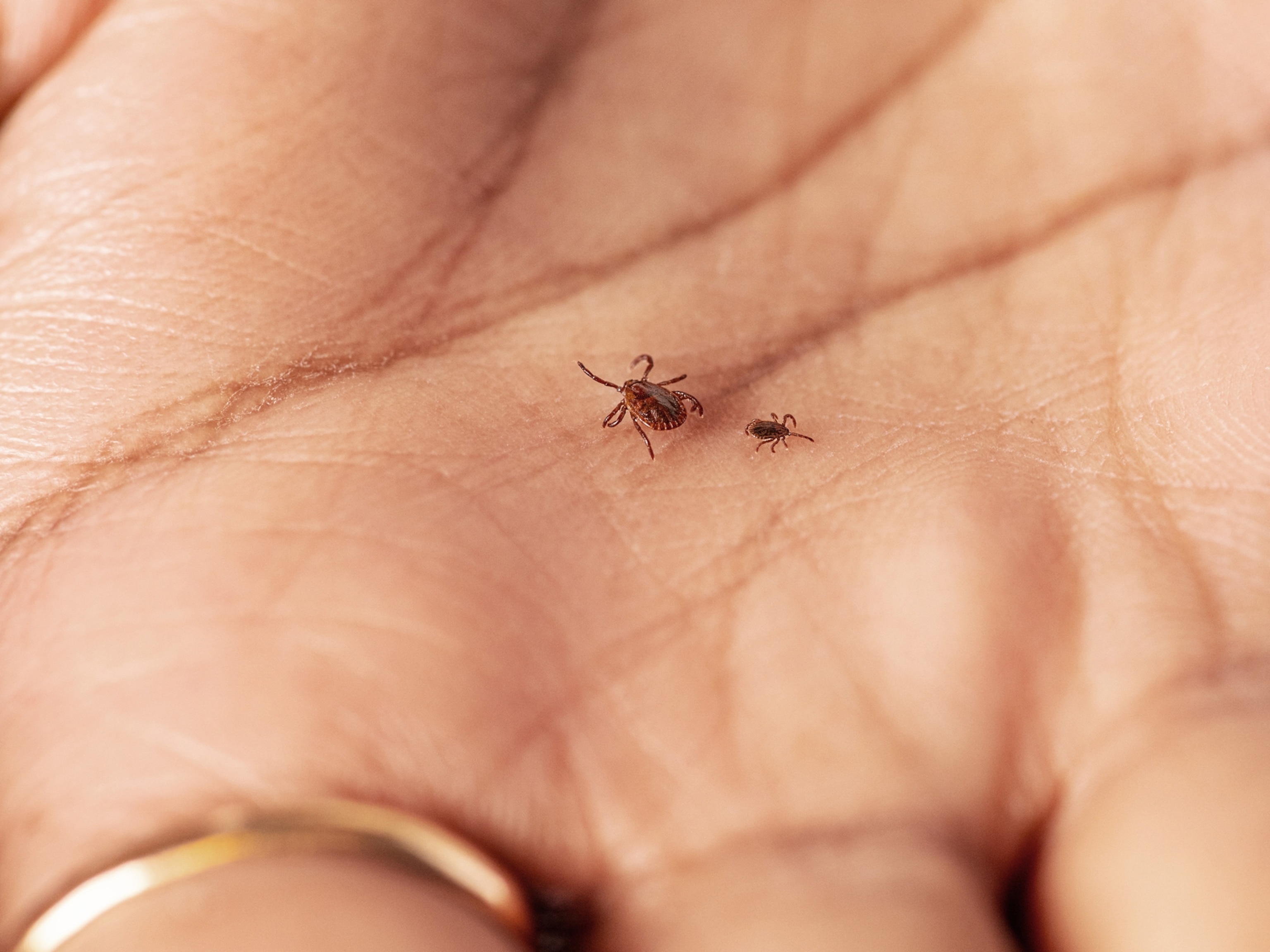
How do infections like the coronavirus jump from animals to people?
Zoonotic diseases, which pass from animals to humans, kill millions of people every year. Where do they come from and how can we avoid them?
A deer tick climbs a blade of tall grass in the woods. It stretches its front legs as far as it can, waiting for a passerby. When a hiker brushes past, the tick clings on. It finds a prime position, cuts into the skin, and inserts its feeding tube. If the tick carries the bacteria that causes Lyme disease, that virulent microbe passes into the tick’s human host, and the person now has a zoonotic disease.
Also called zoonoses, zoonotic diseases are the many kinds of illnesses that pass from animals to humans. Almost 16 percent of all deaths worldwide can be attributed to infectious diseases, and zoonoses account for 60 percent of known infectious diseases and 75 percent of emerging infectious diseases, according to the National Institutes of Health.
Zoonoses can be transmitted in many ways, including animal and insect bites; petting or otherwise handling sick animals; and consuming undercooked meat, unpasteurized milk, or contaminated water. The types of pathogens that can be transmitted by animals to humans include bacteria, parasites, fungi, and viruses.
Some zoonotic diseases are relatively benign, but many—for example, Lyme disease—are quite harmful. Some, such as the coronavirus that causes COVID-19, can be deadly.
The leading theory on the origin of the novel coronavirus pandemic is that the virus made the leap into humans at a wildlife market in Wuhan, China, in late 2019. It’s not precisely known how the virus moved from its original host to the wildlife market and on to people. But because humans have no immunity to the virus, COVID-19 to date has sickened three quarters of a million people and killed tens of thousands worldwide. (Find out how the coronavirus works.)
Another well-known zoonotic disease, Ebola virus, is thought to have originated in fruit bats, which still act as carriers out in the wild, as do apes. Bats and apes can pass the virus to humans through direct contact or if people eat their meat. Other zoonoses travel from a wild host species to domesticated animals—say, from bats to farmed pigs. Humans can then get sick from handling and eating the pigs.
Common sources of zoonotic disease
Most people live around animals, even if they don’t have farms or pets. From ticks to squirrels to rats, many members of the animal kingdom can transmit disease. Here’s a short list of common animals and some of the diseases we can get from them:
Cats: toxoplasmosis; Pasteurella; ringworm
Bats: Ebola virus; SARS; MERS; rabies; Nipah virus; Hendra virus
Dogs: rabies; noroviruses; Pasteurella; salmonella; ringworm; hookworm
Ticks: Lyme disease; Rocky Mountain spotted fever; Powassan disease
Mosquitoes: malaria; dengue; West Nile virus; Zika virus; Chikungunya virus
Birds: bird flu (H1N1, H5N1); salmonella; psittacosis
Cows: Escherichia coli; ringworm; salmonellosis
Rodents: Hantavirus pulmonary syndrome; plague; rat-bite fever; salmonellosis
Ways to avoid contracting zoonotic diseases
Wash your hands with soap, or apply hand sanitizer, immediately after being around animals even if you didn’t touch them.
Keep poultry, rodents, reptiles, and amphibians away from your face.
Wear clothing and apply sprays that prevent bites from mosquitoes, ticks, and fleas.
Avoid animal bites and scratches.
Be aware of animals that could transmit zoonotic diseases at places like petting zoos or animal exhibits or in daycares and schools.
(Source: CDC)





